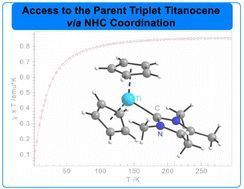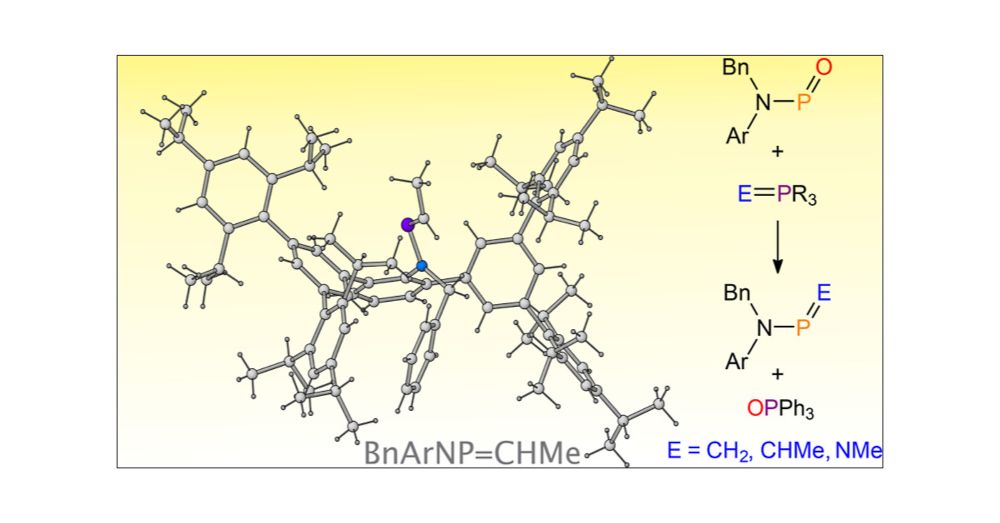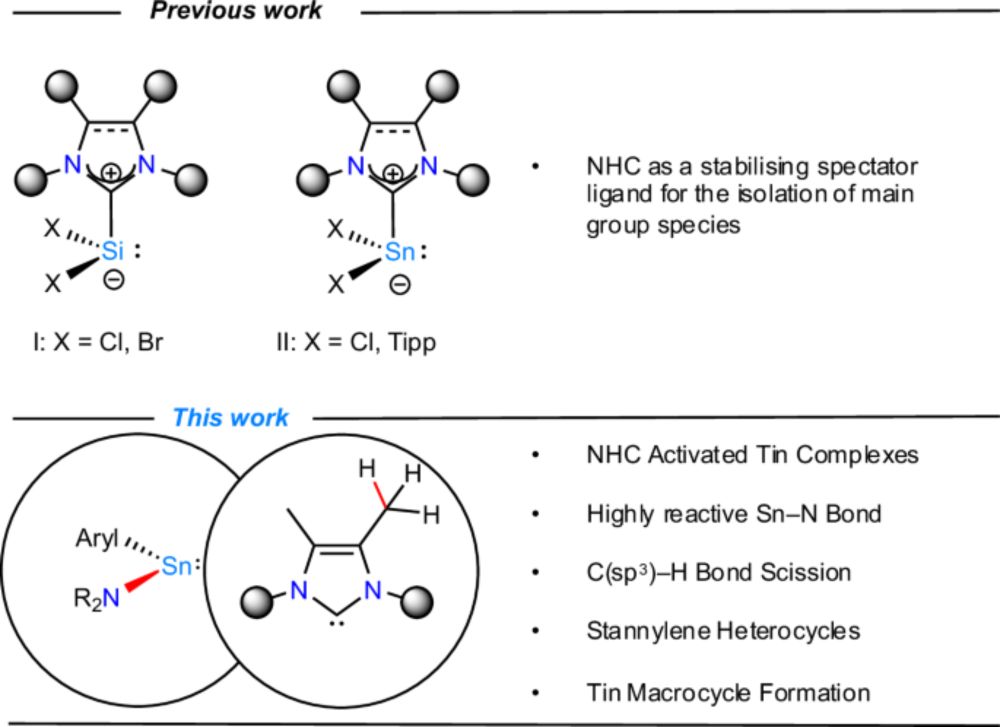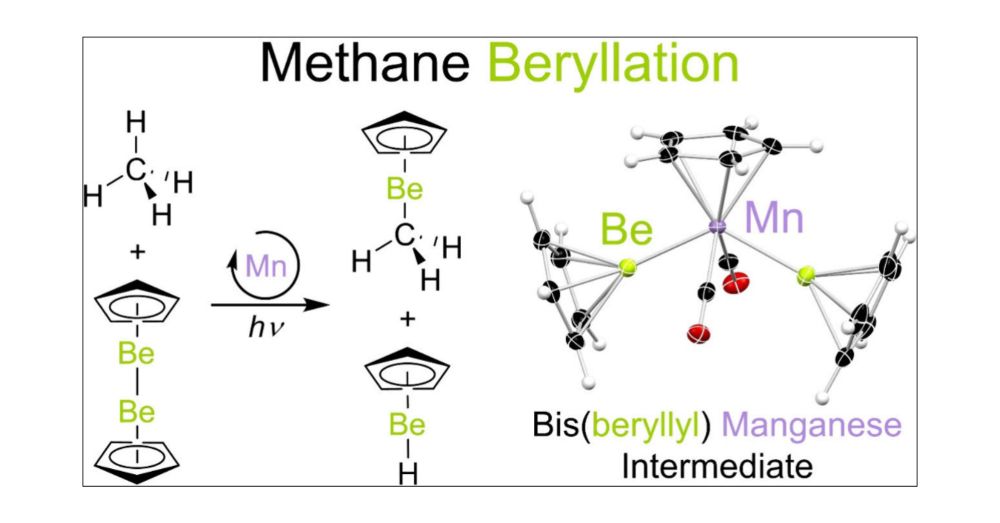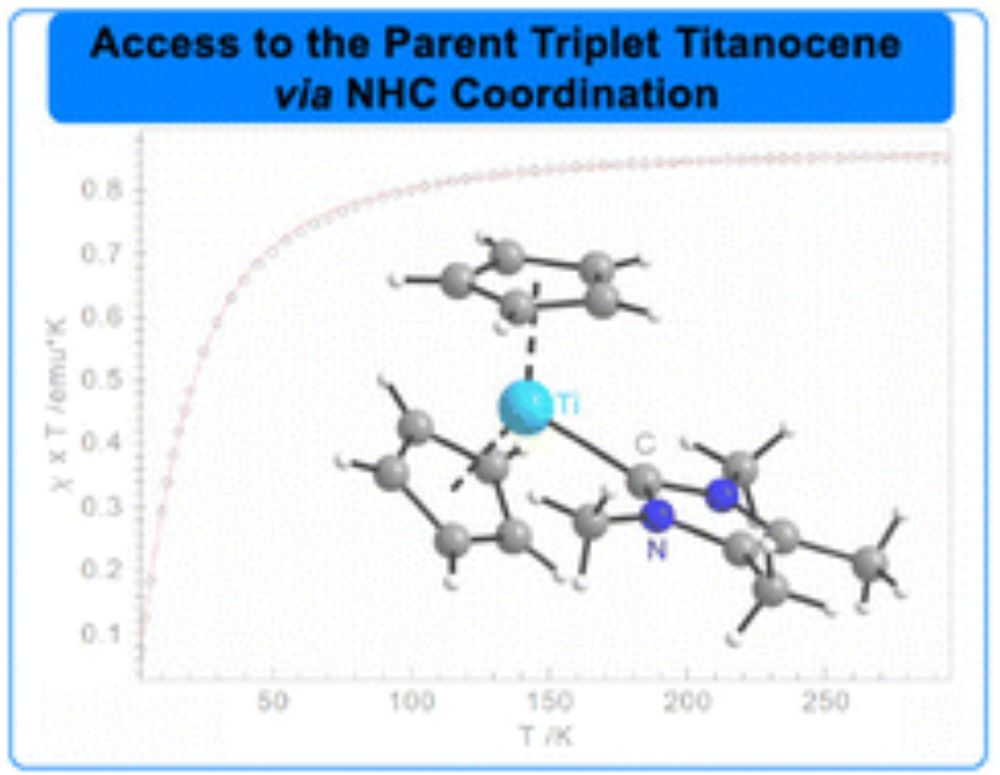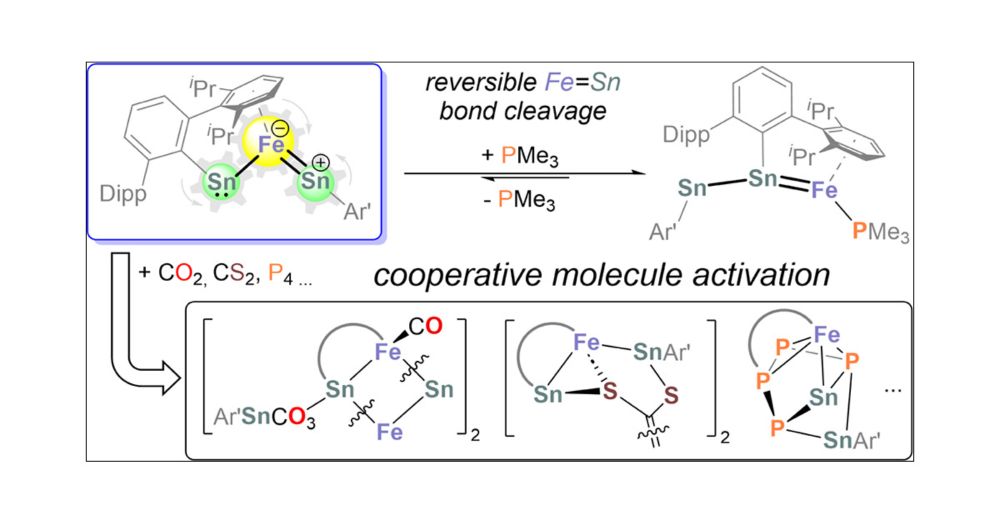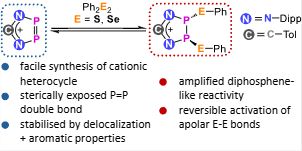
First post, first publication!
I’m over the moon to share the first publication from our small research group! 🚀 pubs.rsc.org/en/content/a... @chemcomm.rsc.org
Jan explored a funky P=P-containing heterocycle and its reversible! bond activation chemistry, with DFT insights from Francesco. #newPI
29.09.2025 07:55 — 👍 29 🔁 4 💬 2 📌 0


Honored to welcome guests from the prestigious Tsinghua University in Beijing tsinghuauniversity.bsky.social for a fruitful exchange with representatives of the Faculty of Chemistry and the CRC 1633 in Göttingen. Many thanks for the inspiring discussions and the successful collaboration!
31.07.2025 17:28 — 👍 6 🔁 1 💬 0 📌 0
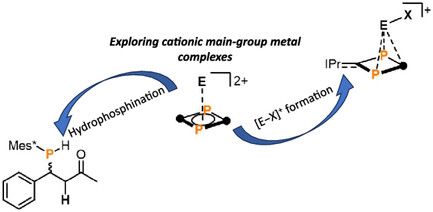
π‐Complexes of Main‐Group Metal Cations: Exploration of Lewis Acid Reactivity
A series of cationic main-group complexes was obtained using the neutral, zwitterionic ligand IDP. The Lewis acidity of these complexes is explored by catalytic hydrophosphinations and halide additio...
Our latest publication reports the successful isolation of π-stabilized tetryliumylidenes [E–X]+ starting from pyramidanes based on a biradicaloid ligand . This milestone was made possible thanks to David’s relentless efforts . Proud of the team!
26.07.2025 13:35 — 👍 15 🔁 2 💬 1 📌 0
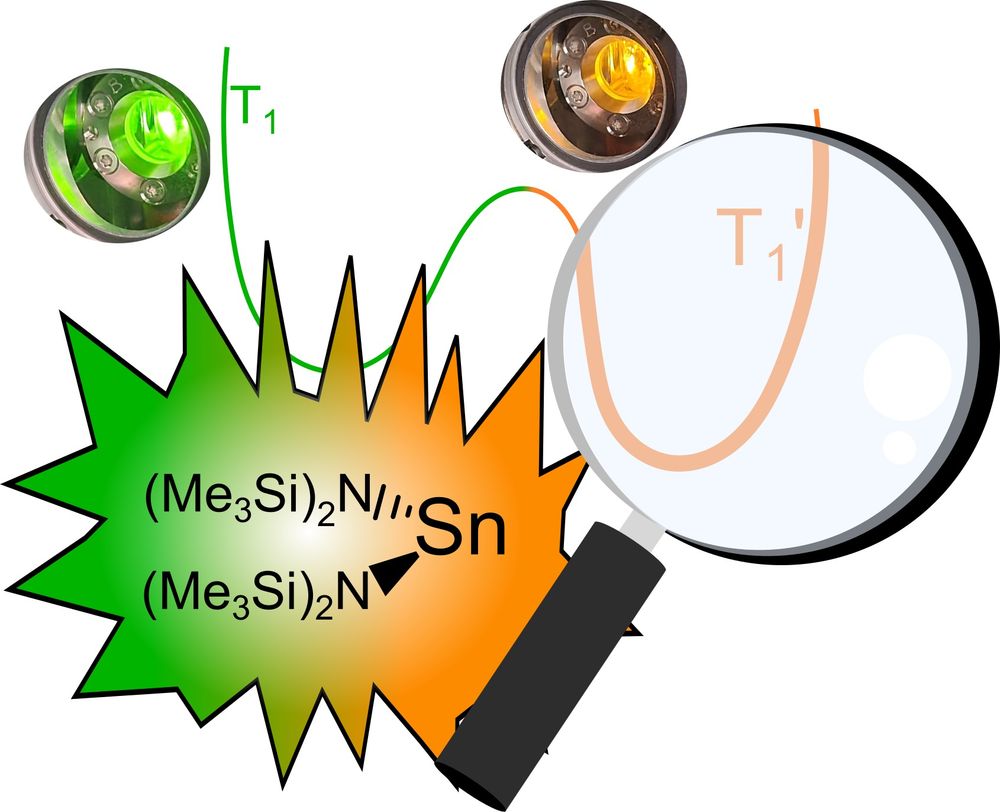
Did you know that #stannylenes can shine orange and green?
Philipp elucidated the mechanism of the dual #emission, the #excited state #dynamics, #excimer formation and light-induced bond #homolysis. #Maingroup #tin #photophysics #photochemistry onlinelibrary.wiley.com/doi/10.1002/anie.202510044
22.07.2025 09:03 — 👍 20 🔁 1 💬 0 📌 0
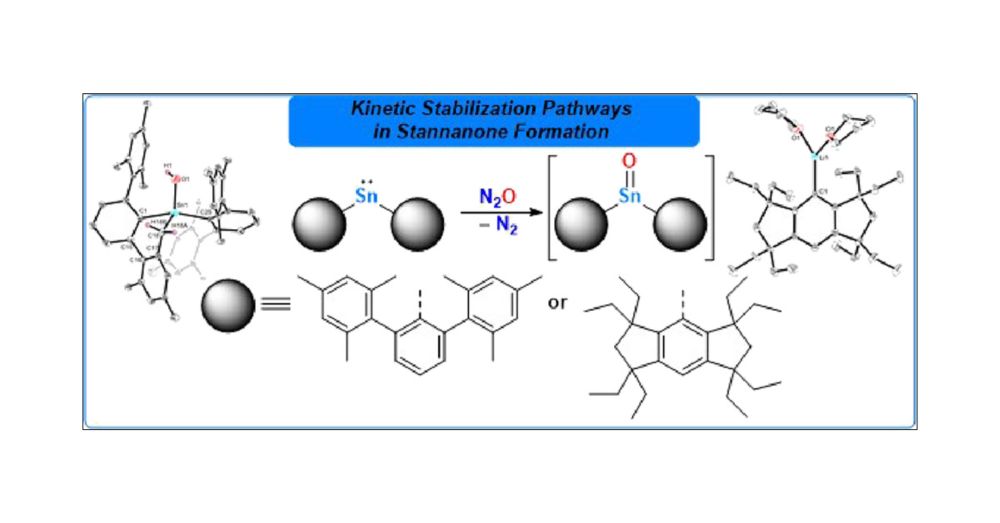
Kinetic Stabilization in Diaryl-Substituted Stannylenes: N2O Reactivity, Intramolecular C–H Activation, and Crystalline (Eind)Li(THF)2 as a Versatile Precursor in Tin Chemistry
The reactivity of the kinetically stabilized stannylene (MesTer)2Sn (1) (MesTer = –C6H3-2,6-(2,4,6-Me3-C6H2)2) toward N2O is revisited, yielding the terminal tin(IV) hydroxide 2 via formal intramolecular C(sp3)–H activation of a putative terminal stannanone intermediate. By switching to Eind ligation (Eind = 1,1,3,3,5,5,7,7-octaethyl-s-hydrindacen-4-yl) at the tin center, the synthesis and characterization of the crystalline lithium salt (Eind)Li(THF)2 (3) is reported, serving as a straightforward precursor for the clean generation of the corresponding stannylene (Eind)2Sn (4). Compound 4 can be further cleanly converted into the heteroleptic Eind/halide stannylene (Eind)SnCl (6). Both 4 and 6 serve as suitable precursors for the synthesis of the heteroleptic s-hydrindacene-/amido-substituted stannylene (Eind)Sn{N(SiMe3)2} (5).
Excited to share our contribution to the special issue "Organometallic Chemistry Beyond the Transition Metals: Fundamentals and Applications of the P-Block" – now published @Organometallics! Check it out 👉 @pubs.acs.org #ChemSky
pubs.acs.org/doi/10.1021/...
22.07.2025 16:43 — 👍 36 🔁 7 💬 1 📌 0

Check out Fabio's next paper on the Nature of the Heavy Formal Double Bonds As=Ch, Sb=Ch and Bi=Ch (Ch = S, Se, Te) in NCN-Pincer Supported Arsinidene, Stibinidene and Bismuthinidene Chalcogenides - now published in Chemical Science pubs.rsc.org/en/content/articlelanding/2025/sc/d5sc03320a
18.07.2025 06:56 — 👍 16 🔁 4 💬 0 📌 0
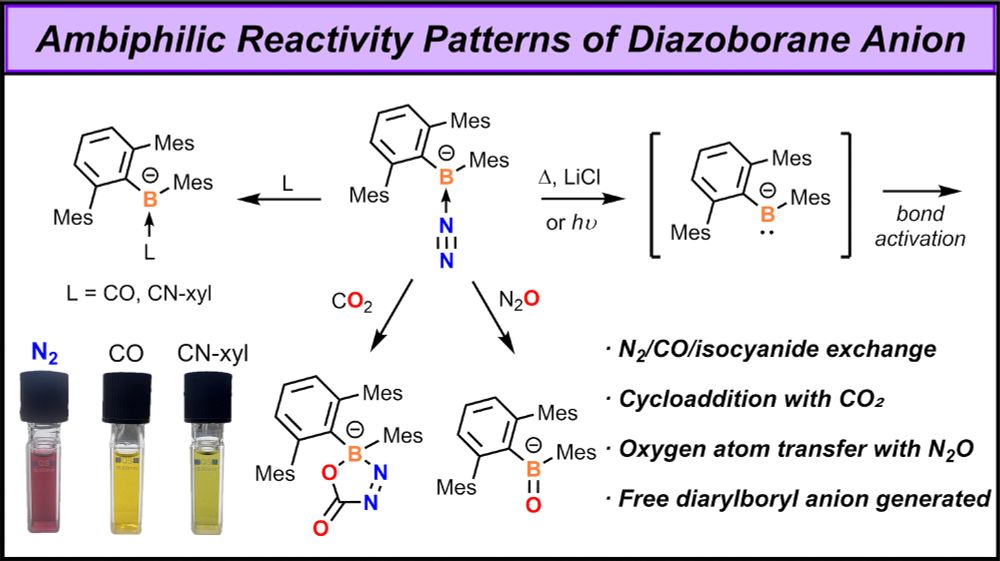
Our manuscript on unlocking the ambiphilicity of boryl anions is now published in JACS @jacs.acspublications.org (pubs.acs.org/doi/full/10....)! Chonghe, Junyi, Xibao, and coworkers report the synthesis and reactivity of the first anionic diazoborane! #maingroup #boron @gilliardgroup.bsky.social
10.06.2025 19:13 — 👍 34 🔁 5 💬 0 📌 1
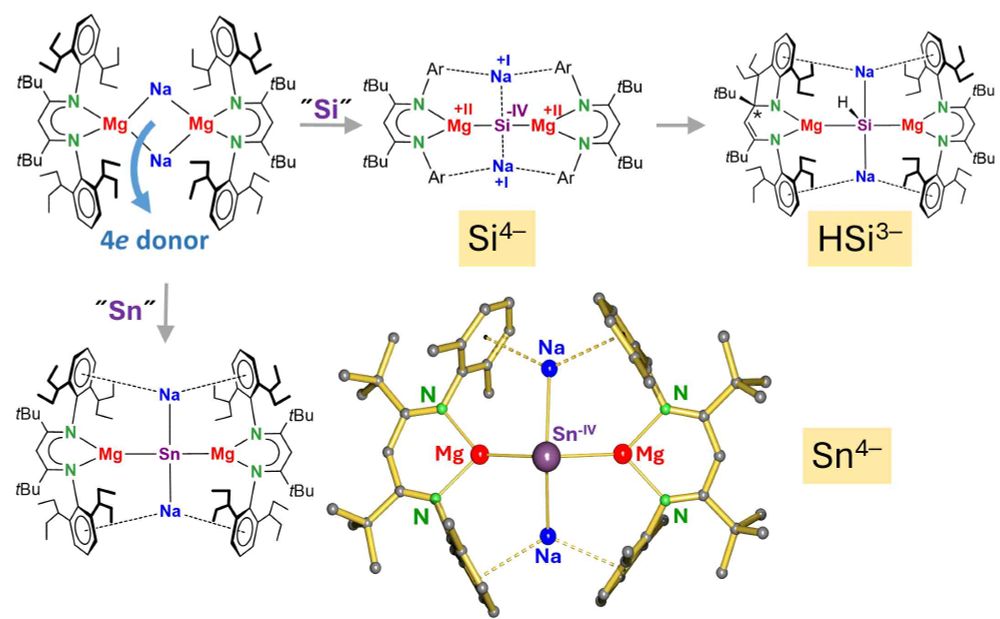
LOW-VALENT Si, Ge, Sn, Pb: HOW LOW CAN WE GO???
Hydrocarbon-soluble Mg(0) reduces Si all the way to Si(4-). Unfortunately not stable and decomposing to the HSi(3-) anion. However, Sn(4-) is stable and functions as 4-fold Nu or 8e reducing agent. Preprint: shorturl.at/4mH0O
28.05.2025 09:20 — 👍 31 🔁 8 💬 2 📌 0

Rreactivity of Pnictaalumenes towards 1,3-Dipole Molecules fresh out in @angewandtechemie.bsky.social Tim, Edgar and Leonie uncover unique insertion chemsitry giving a plethora of Al,P,N-heterocycles! Again a fruitful collaboration with the Braunschweig Group!
doi.org/10.1002/anie...
10.04.2025 15:20 — 👍 20 🔁 2 💬 0 📌 0

Dalton Transactions promotional graphic for the HOT articles collection.
This year's HOT articles collection is now online🔥
This collection represents the top 10% of research published in our journal each quarter. Congratulations to all the authors whose articles are featured in this collection👏
pubs.rsc.org/en/journals/...
#Chemsky 🧪
03.04.2025 13:21 — 👍 3 🔁 2 💬 0 📌 0
Such beautiful chemistry, Ian!😊
21.03.2025 07:03 — 👍 2 🔁 0 💬 0 📌 0
Many thanks, Sakya!☺️
21.03.2025 06:56 — 👍 1 🔁 0 💬 0 📌 0
Huge congratulations to Jennifer and Navutheya, whose master’s and bachelor’s theses are summarized here, and to Christopher for his outstanding help with SCXRD! 2/2
19.03.2025 17:48 — 👍 3 🔁 0 💬 0 📌 0
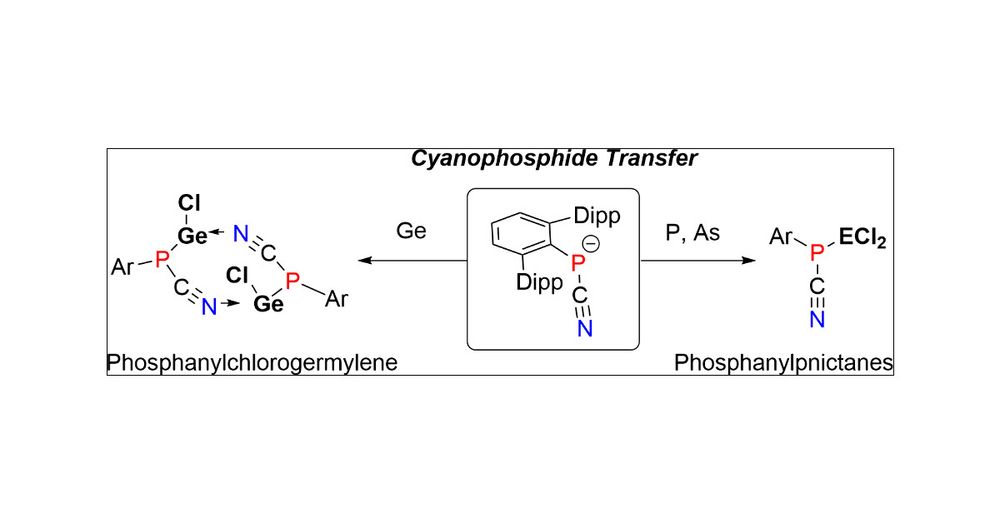
Flash Communication: Cyanophosphide Transfer Reactions
Cyanophosphides of the general form [RPCN]− can be viewed as cyanide adducts of phosphinidenes and are phosphorus species in the (+1)-oxidation state. We have recently reported on the stable cyanophosphide [DippTerPCN]K (DippTer = 2,6-Dipp2C6H3, Dipp = 2,6-iPrC6H3) and now investigate its reactions with ECln (E = Ge, n = 2; E = P, As, n = 3) in either salt metathesis or base-assisted dehydrohalogenation reactions. In the case of GeCl2, salt metathesis with [DippTerPCN]K afforded the dimer of a chlorogermylene [DippTerP(CN)GeCl]2. When only 0.5 equiv of GeCl2 was used, the diphosphanylgermylene [DippTerP(CN)]2Ge was generated in solution. With ECl3 (E = P, As), facile cyanophosphide transfer was achieved from DippTerP(H)CN in NEt3-assisted dehydrohalogenation, giving diphosphanes or arsaphosphanes of the type DippTerP(CN)ECl2 (E = P, As), respectively.
Ayu is keeping it up! This piece is about ArPCN- transfer to give Germylenes and phosphapnictanes! Thanks @maltefischer.bsky.social and @fabiandankert.bsky.social for their help! Thanks Organomteallics for the smooth proceedings! #31p #phosphorus
pubs.acs.org/doi/10.1021/...
17.03.2025 15:23 — 👍 21 🔁 6 💬 0 📌 0
Some new fantastic chemistry from Christian and team!😊
13.03.2025 19:19 — 👍 3 🔁 0 💬 0 📌 0

🚨Two projects out from our lab today (links fixed!)
First up @angewandtechemie.bsky.social
Macro/molecular chemistry of cis/trans P2N4 rings.
Congrats @michaelland.bsky.social w/ @jasonmasuda.bsky.social for Xray
onlinelibrary.wiley.com/doi/10.1002/...
cc @dalchemistry.bsky.social
10.03.2025 12:14 — 👍 16 🔁 4 💬 2 📌 2
Thanks a lot, Christian – I'm looking forward to seeing you again in a few days!☺️
07.03.2025 07:13 — 👍 0 🔁 0 💬 0 📌 0
We start our first post on Bluesky with a firework! Very proud of a brilliant team to publish our work on C(sp3)-atom transfer @science.org. www.science.org/doi/10.1126/... It has been a very exciting journey. Thanks @erc.europa.eu
20.02.2025 19:42 — 👍 122 🔁 28 💬 6 📌 4
Fully funded 3.5-year PhD studentship! Come and work on alkaline earth metal organometallic chemistry and metal-metal bonding @imperialcollegeldn.bsky.social! More details via the link: www.imperial.ac.uk/chemistry/po...
17.02.2025 08:49 — 👍 430 🔁 113 💬 10 📌 3
Huge congratulations, Sadig!😊 Have a good start!
14.02.2025 13:55 — 👍 1 🔁 0 💬 1 📌 0
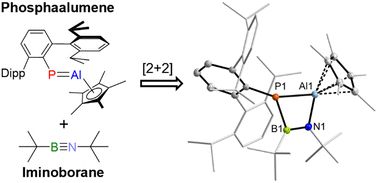
A BNAlP-heterocycle
We report the [2+2]-cyclization reaction of a phosphaalumene with its lighter analog, an iminoborane, to give a species with a four-membered BNAlP-heterocycle with alternating Lewis basic and acidic c...
Our first post here.
Tim’s newest work on the reactivity of phosphaalumenes is out. When P=Al meets it’s smaller sibling a unique B,N,Al,P-heterocycle is formed. Congrats Tim and Leonie!
#chemsky @chemcomm.bsky.social @likat.bsky.social #31p
pubs.rsc.org/en/content/a...
13.02.2025 17:08 — 👍 42 🔁 8 💬 0 📌 1
Thank you very much, Philipp!😊
07.02.2025 11:49 — 👍 0 🔁 0 💬 0 📌 0
Bioinorganic Chemistry Group at FAU Erlangen-Nürnberg
News and updates from the Dielmann group - synthetic inorganic chemistry research lab. Account is managed by graduate students.
For further information also visit our homepage https://www.uibk.ac.at/en/aatc/ag-dielmann/
We are a team of chemists exploring reactive organometallic and main-group species to activate small molecules and strong bonds, based at the Laboratory for Coordination Chemistry in the lovely city of Toulouse, France.
metal matchmaker, catalyst tinkerer, researcher at University of Bonn
Research Group at UniHeidelberg, Germany and at ISCR, Rennes, France |
Bond activation and catalytic transformations with non-noble metals
www.rosca-lab.com
An #OpenAccess Thieme journal. Fast, Fair & Flexible, and committed to providing an excellent publishing experience through the entire process.
Latest research in organoboron chemistry
📍University of Namur
08 SEPT. 2025 - 10 SEPT. 2025
contact - mgerc@unamur.be
organization - @dr-berionni.bsky.social group
Twitter - @MGERC_Unamur
bluesky management - @sayandipspeaks.bsky.social
For students, alumni, researchers, prospective members, partners, science communicators & anyone who loves Chemistry! Tweets M-F from Dept Comms Team.
Junior Research Group Leader (Theoretical Chemistry) at TU Berlin.
Elementar für Deutschland
Unsere Mission: ein erfolgreicher Chemie- und Pharmastandort - wettbewerbsfähig, innovativ und nachhaltig. #ErstMitUns 🚀
Hier zum Dialog.
Postdoctoral researcher @goicoecheagroup.bsky.social. Working on some cool main-group chemistry!! #TheParamagneticGuy
Ph.D. (2025) from @camposgroup.bsky.social
B. Sc. and M. Sc. in Chemistry from @humboldtuni.bsky.social
Organometallic chemistry at University of Chinese Academy of sciences
International Conference on the Coordination and Organometallic Chemistry of Germanium, Tin & Lead. Oldenburg, August 23rd-28th 2026. https://gtl18.uol.de/
Research, news, and information from the Journal of the American Chemical Society: pubs.acs.org/JACS
PhD student Inorganic Main Group Chemistry at Scheschkewitz group (Saarland University) | JCF Saar (GDCh) | Young Wöhler Association | Young Chemists of Upper Rhine (YCUR)











